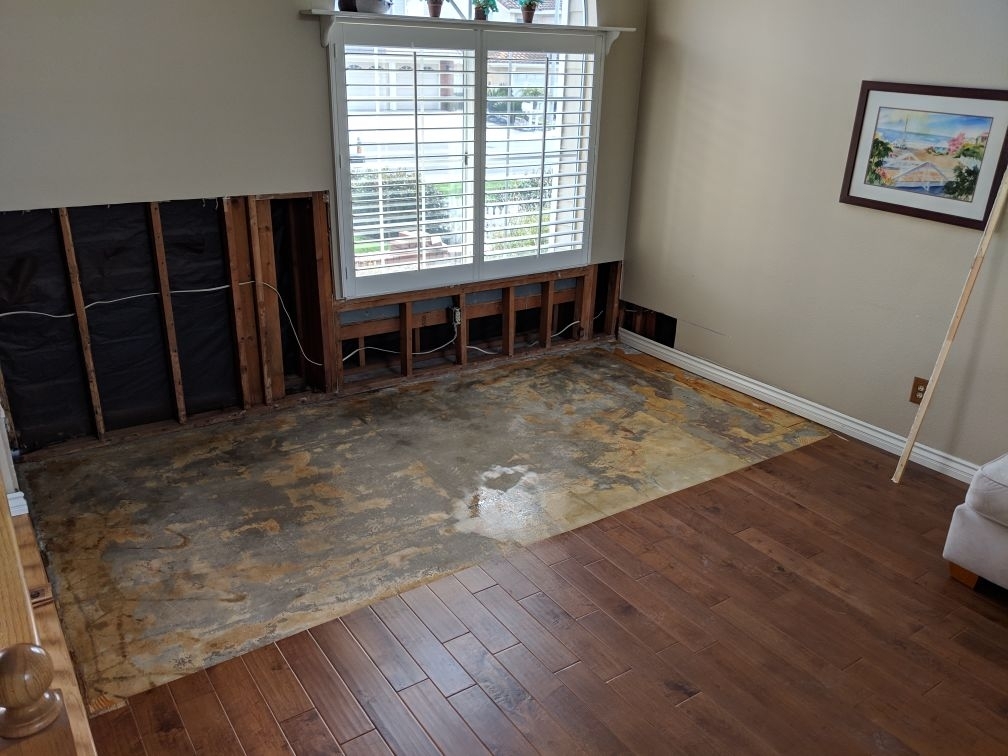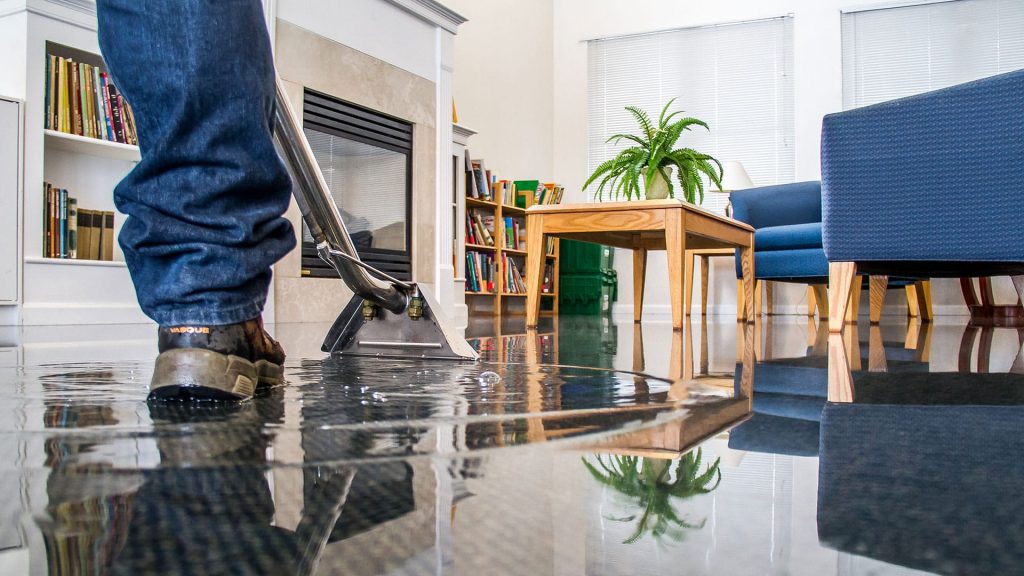Do's & Don'ts of Water Restoration.
Do's & Don'ts of Water Restoration.
Blog Article
We have stumbled upon this post relating to 5 Home Safety Tips To Reduce The Risk Of Fire And Water Damage directly below on the web and believe it made sense to relate it with you over here.

Water offers life, however water invasion on some components where it's not expected to be can result in damage and also aggravation. In enhancement, homes with water damages scent old as well as moldy.
Water can come from numerous resources like tropical storms, floodings, burst pipelines, leakages, and drain issues. If you have water damages, it's much better to have a working expertise of security precautions. Right here are a couple of guidelines on just how to take care of water damage.
Do Prioritize Home Insurance Protection
Seasonal water damages can originate from floods, seasonal rainfalls, as well as wind. There is additionally an incident of a sudden flooding, whether it came from a damaged pipe that instantly ruptures right into your home. To secure your home, obtain residence insurance coverage that covers both disasters such as all-natural disasters, and also emergencies like busted plumbing.
Do Not Neglect to Switch Off Energies
When catastrophe strikes and also you remain in a flood-prone area, switch off the primary electric circuit. Switching off the power stops
When water comes in as water offers as a conductor, electric shocks. Do not forget to switch off the main water line valve as a method to avoid more damages.
If the floodwaters are getting high, maintain your furniture steady as they can move around and also trigger extra damage.
Do Keep Proactive as well as Heed Climate Alerts
If you live in an area tormented by floodings, stay aggressive as well as prepared at all times. Listen to the news and evacuation warnings if you live near a body of water like a creek, river, or lake.
Do Not Overlook the Roof
Your roofing contractor needs to take treatment of the faulty seamless gutters or any type of other signs of damage or weakening. An inspection will certainly stop water from flowing down your walls and soaking your ceiling.
Do Take Notice Of Little Leakages
A ruptured pipeline doesn't occur in a vacuum cleaner or over night. There are red flags that can draw your focus as well as show to you some damaged pipes in your house. Indicators of red flags in your pipes consist of gurgling paint, peeling wallpaper, water touches, water spots, or trickling sounds behind the wall surfaces. There are indications that the pipeline will break. If you see these signs, don't wait on a rise. Fixing as well as inspect your plumbing fixed before it leads to huge damage to your house, funds, and an individual headache.
Do Not Panic in Case of a Ruptured Pipeline
Timing is essential when it comes to water damage. If a pipeline ruptureds in your home, instantly shut off your major water valve to cut off the resource and also protect against more damages. Call a credible water damage restoration specialist for support.
Water provides life, but water invasion on some components where it's not supposed to be can result in damage and aggravation. In addition, residences with water damage scent stuffy as well as old.
Seasonal water damage can come from floodings, seasonal rains, as well as wind. Signs of red flags in your pipelines consist of gurgling paint, peeling off wallpaper, water streaks, water spots, or dripping audios behind the walls. If a pipeline bursts in your residence, instantly closed off your main water shutoff to cut off the resource and also protect against more damages.
Water Damage Do and Don'ts
Water damage at your home or commercial property is a serious problem. You will need assistance from a professional plumber and a water damage restoration agency to get things back in order. While you are waiting for help to arrive, however, there are some things you should do to make the situation better. Likewise, there are things you absolutely shoud not do because they will only make things worse.
DO these things to improve your situation
Get some ventilation going. Open up your doors, your windows, your cabinets – everything. Don’t let anything remain closed. Your aim here is to expose as much surface area to air as possible in order to quicken the drying out process. Use fans if you have them, but only if they’re plugged into a part of the house that’s not currently underwater.
Remove as much standing water as you can. Do this by using mops, sponges and clean white towels. However, it’s important that you don’t push or wipe the water. Simply use blotting motions to soak it up. Wiping or pushing could result in the water getting pushed deeper into your home or carpeting and increasing your problem.
Turn off the power to the soaked areas. You will want to remove the danger of electrocution from the water-logged area to do some cleaning and to help the plumber and the restoration agents do their work.
Move any furniture and belongings from the affected room to a safe and dry area. Taking your possessions to a dry place will make it easier to decide which need restoring and repair. It will also prevent your belongings from being exposed to further moisture.
DON’T do any of these things for any reason
Don’t use your vacuum cleaner to suck up the water. This will not only get you electrocuted, but will also severely damage your vacuum cleaner. Use manual means of water removal, like with mops and pails.
Don’t use newspaper to soak up the water. The ink they use for newsprint runs and transfers very easily, which could then stain carpet and tile with hard-to-remove stains.
Don’t disturb mold. This is especially true if you spot a severe growth. Leave the mold remediation efforts to the professionals. Attempting to clean it yourself could mean exposing yourself to the harmful health effects of mold. Worse, you could inadvertently spread it to other areas of the house.
Don’t turn on your HVAC system until given approval from the restoration agency. Turning your HVAC system on before everything has been cleaned could spread moisture and mold all over the house.
https://www.dreyersdki.com/about-us/blog/water-damage-do-and-donts

Hopefully you enjoyed reading our post on Ways to Reduce The Risk Of Fire And Water Damage. Thanks for spending some time to read through our short article. Are you aware of somebody who is occupied with Fire And Water Damage Prevention? Feel free to share it. Thanks for going through it.
Report this page